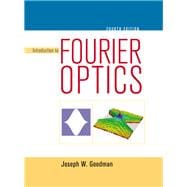Applying Fourier analysis specifically to optics, Introduction to Fourier Optics focuses on its application to diffraction, imaging, optical information processing, holography, and optical communications enabling you to successfully comprehend complex topics.









